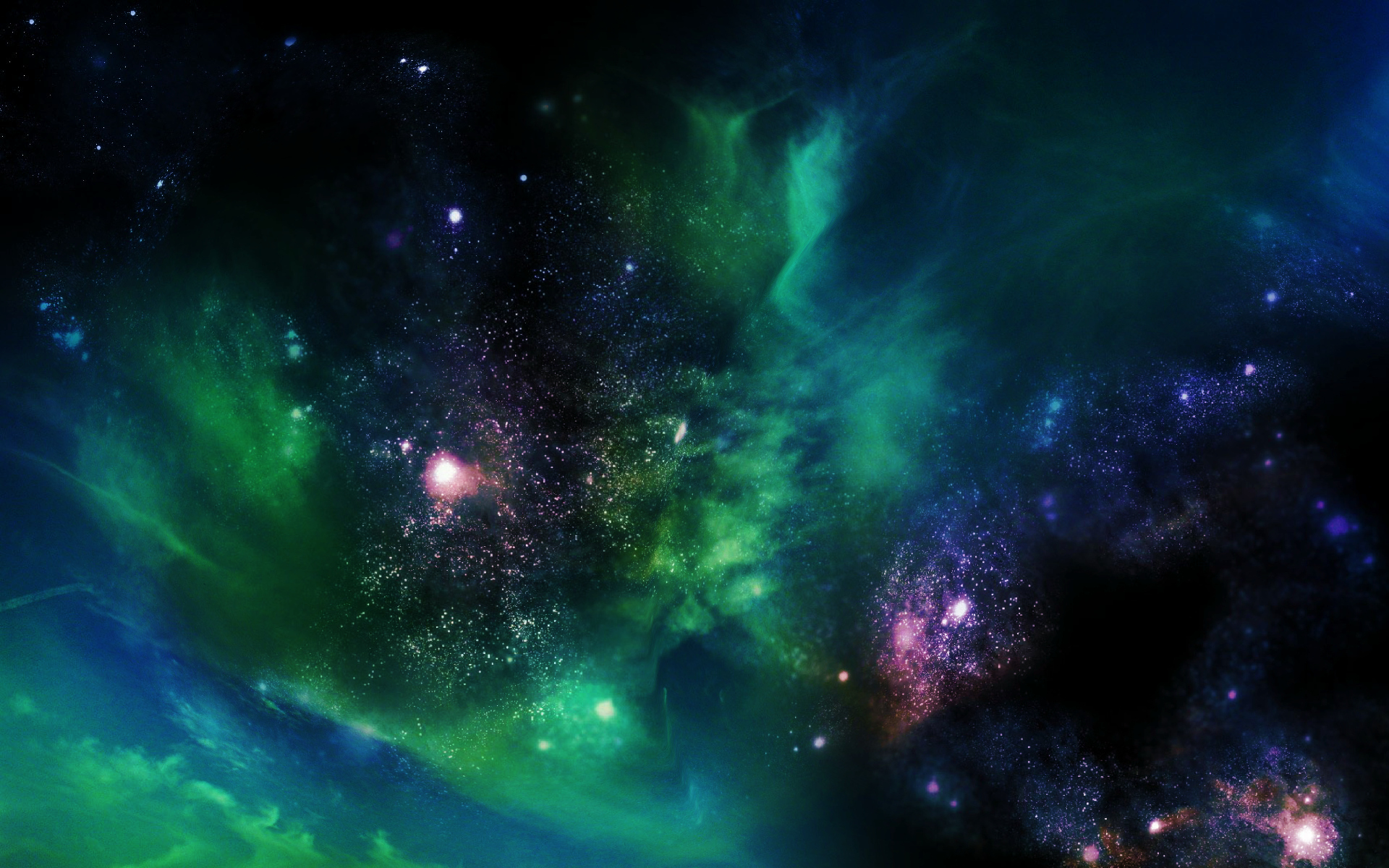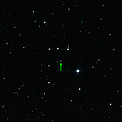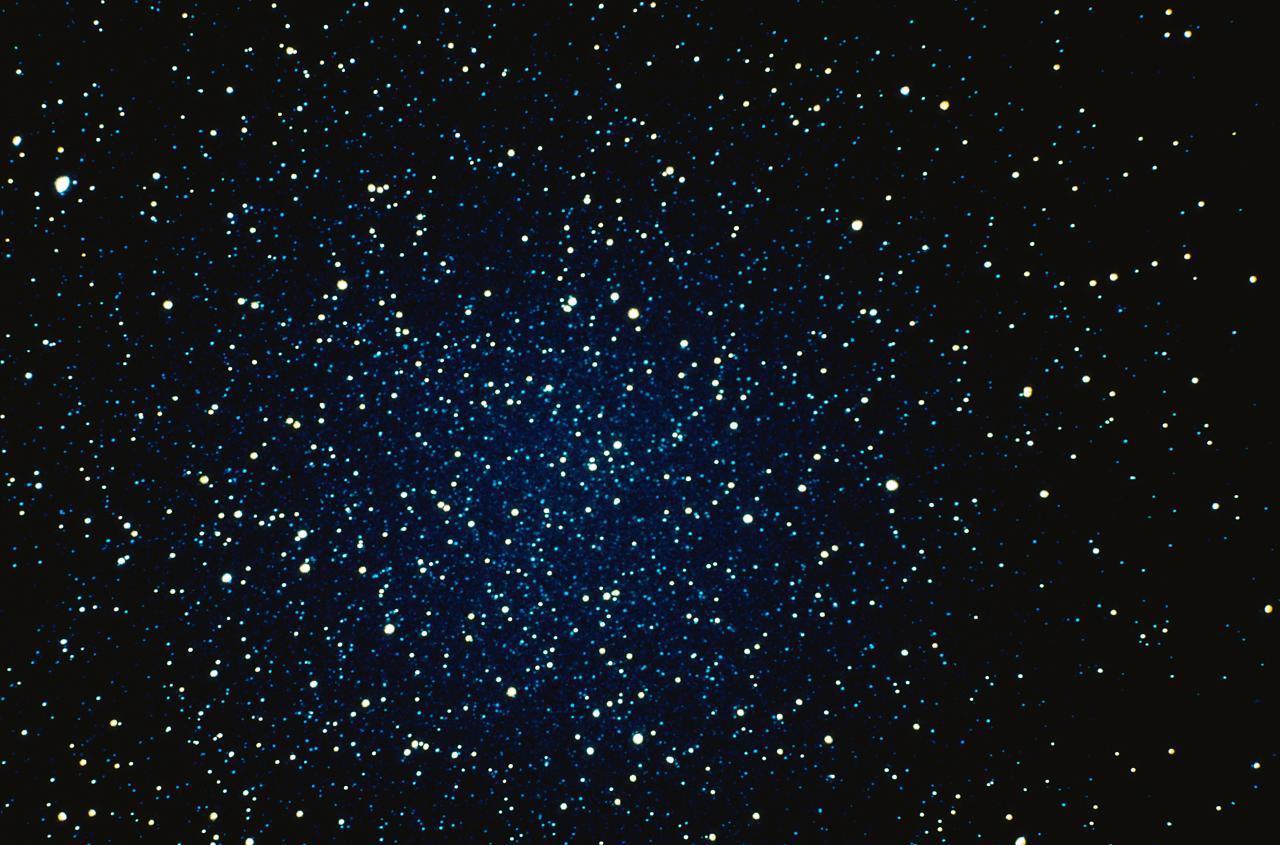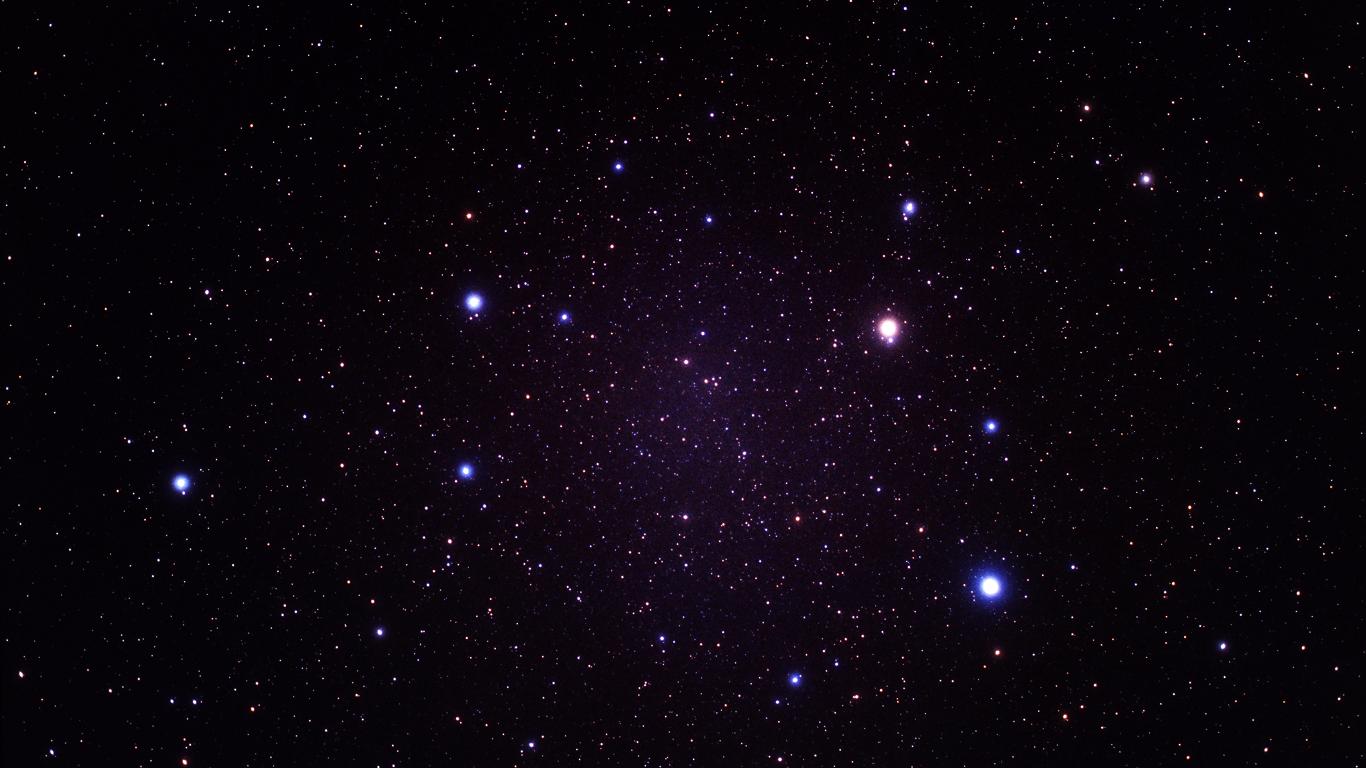
Nearly 13.7 billion years ago, the universe was made of only hydrogen, helium and traces of lithium — byproducts of the Big Bang. Some 300 million years later, the very first stars emerged, creating additional chemical elements throughout the universe. Since then, giant stellar explosions, or supernovas, have given rise to carbon, oxygen, iron and the rest of the 94 naturally occurring elements of the periodic table.

A team of European astronomers has used ESO’s Very Large Telescope (VLT) to track down a star in the Milky Way that many thought was impossible. They discovered that this star is composed almost entirely of hydrogen and helium, with only remarkably small amounts of other chemical elements in it. This intriguing composition places it in the “forbidden zone” of a widely accepted theory of star formation, meaning that it should never have come into existence in the first place. The results will appear in the 1 September 2011 issue of the journal Nature.

A University of Sydney researcher was part of an international team of astronomers that has observed an incredibly rare event that occurs once every 10,000 years per galaxy.

Astronomers have discovered 96 new open star clusters hidden by the dust in the Milky Way. These tiny and faint objects were invisible to previous surveys, but they could not escape the sensitive infrared detectors of the world

Using the VISIR instrument on ESO’s Very Large Telescope (VLT), astronomers have imaged a complex and bright nebula around the supergiant star Betelgeuse in greater detail than ever before. This structure, which resembles flames emanating from the star, is formed as the behemoth sheds its material into space.

(PhysOrg.com) -- University of Notre Dame astronomer David Bennett is co-author of a new paper describing the discovery of a new class of planets -- dark, isolated Jupiter-mass bodies floating alone in space, far from any host star. Bennett and the team of astronomers involved in the discovery believe that the planets were most likely ejected from developing planetary systems.

The Meathook Galaxy, or NGC 2442, has a dramatically lopsided shape. One spiral arm is tightly folded in on itself and host to a recent supernova, while the other, dotted with recent star formation, extends far out from the nucleus. The NASA/ESA Hubble Space Telescope and the MPG/ESO 2.2-meter telescope have captured two contrasting views of this asymmetric spiral galaxy.

Astronomers across the globe can now sift through hundreds of millions of galaxies, stars and asteroids collected in the first bundle of data from NASA

Astronomers have discovered a new cosmic explosion: a gamma-ray burst and its associated supernova. Gamma-ray bursts (GRBs) are the most powerful blasts in the Universe, and are thought to be created in the deaths of the most massive stars.

(PhysOrg.com) -- Wormholes are one of the stranger objects that arise in general relativity. Although no experimental evidence for wormholes exists, scientists predict that they would appear to serve as shortcuts between one point of spacetime and another. Scientists usually imagine wormholes connecting regions of empty space, but now a new study suggests that wormholes might exist between distant stars. Instead of being empty tunnels, these wormholes would contain a perfect fluid that flows back and forth between the two stars, possibly giving them a detectable signature.

The nebula Messier 78 takes center stage in this image taken with the Wide Field Imager on the MPG/ESO 2.2-meter telescope at the La Silla Observatory in Chile, while the stars powering the bright display take a backseat. The brilliant starlight ricochets off dust particles in the nebula, illuminating it with scattered blue light. Igor Chekalin was the overall winner of ESO

(PhysOrg.com) -- A remarkable planetary system discovered by NASA